Sunday, August 19, 2012
Mark and Gaz
The fibreglassing of the new pond won't be done now till early September. The person who will be doing it has a backlog of other related jobs to do first before he gets to do ours. But at least we're in the queue now and that's not really that far away from now. And then of course there's still some more preparation to be done once the fibreglass has cured, before the pond can be filled with water. And that takes time as well.
Now the furniture that I wanted for the new area will take more than eight weeks before it gets delivered upon ordering. Now I didn't expect that at all. It is 'only' plastic furniture after all and I presumed that they have several already in stock, stashed somewhere, ready to be delivered virtually at any time. Apparently that wasn't the case, with pieces only made from scratch once every order is made, injection moulded abroad and then shipped directly from there. Doing the maths, it won't arrive to ours until mid October at the earliest and it'll be autumn by then. We can still use it of course, but I don't know yet what my line of thinking will be come that time, if I'd rather cover/store them somewhere before winter arrives.
 |
| From the inside, looking out... |
On the plus side, we are definitely on the final stages of the project with all of the major construction already done! We finished cementing into place and rendering the pond window frame last night, as well as laying the floor of the filtration house earlier this week.
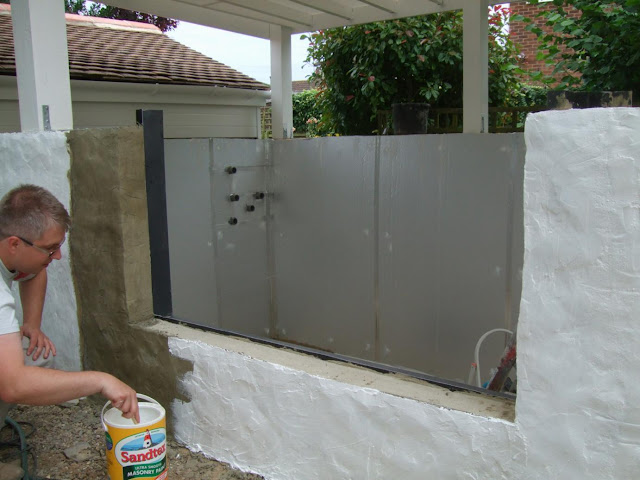 |
| and the outside, looking in. |
It is during the final stages however where most of the smaller and fiddly jobs are, a collection of them, of which some will need more precision than others (like doing the pipework on a complicated filtration system, the electrics, etc). All in all, this section, although on the homestretch, still takes time to do and shouldn't be rushed.
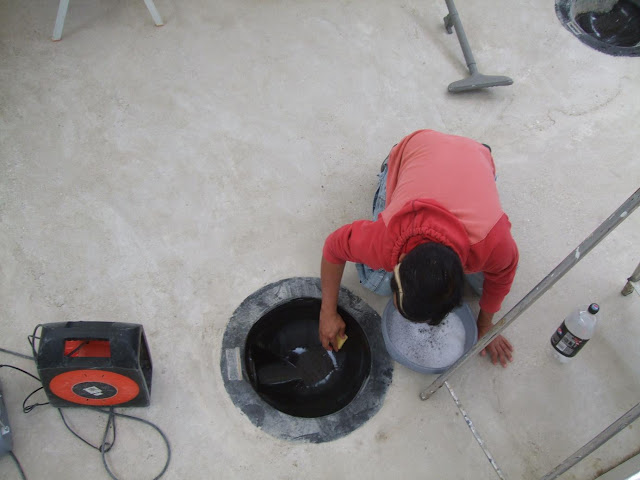 |
| Heck, even cleaning the drains take time!! |
So with this in mind, I have lifted the invisible deadline and extended it to next year. A deadline that is only visible in my head, within my thoughts and possibly was unrealistic to begin with.
And I've never felt better, like a big weight was taken off my shoulders!
The final phase is the part that I am looking forward to getting stuck in the most, finding it enjoyable doing these precision jobs, with some of them even therapeutic and relaxing to do.
At the start of the year I had set a deadline of finishing everything by the middle of this summer. Okay, the weather earlier in the year didn't help but I have also underestimated the amount of time it takes to do some parts of the project. Keeping to this deadline, which is not crucial anyway, just made the project unnecessarily stressful and somehow dampened the enjoyment of doing it.
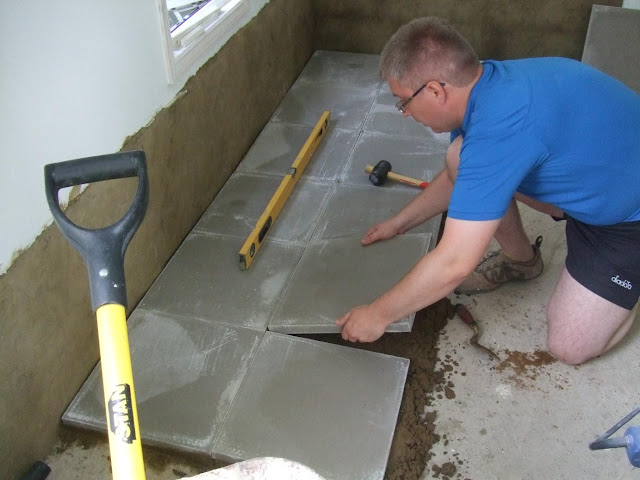 |
| Concrete slabs in the filtration house have already been laid |
And that shouldn't be the case. The journey and reaching the end point of it should be as enjoyable as possible. Hard work yes, but also fun. And rushing things in order to meet 'this' deadline is not a good idea either, it just makes you more prone to mistakes and quality may suffer as a result of this. And if it does, it's still us who will rectify it in the future anyway so might as well do it properly, even if that takes time.
Do it once, do it right!
So no grand reveal this year I'm afraid, it'll have to be next year but I feel that we just bought ourselves extra time, generous time even. To get on with everything else that we need to do to finish the project and attain the best finish that we possibly could ourselves.
 |
| Getting there....a glimpse of things to come |
And now I feel more relaxed we can take our time now, just to get on at an easier pace. And we can squeeze in more day outs too in between them all. Now that sounds even better!
Mark :-)
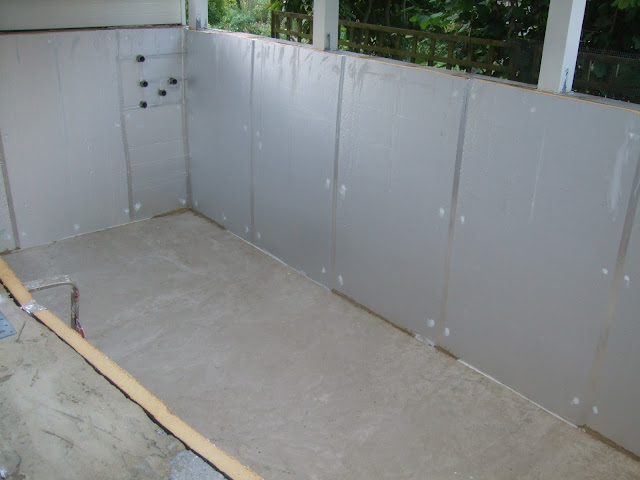
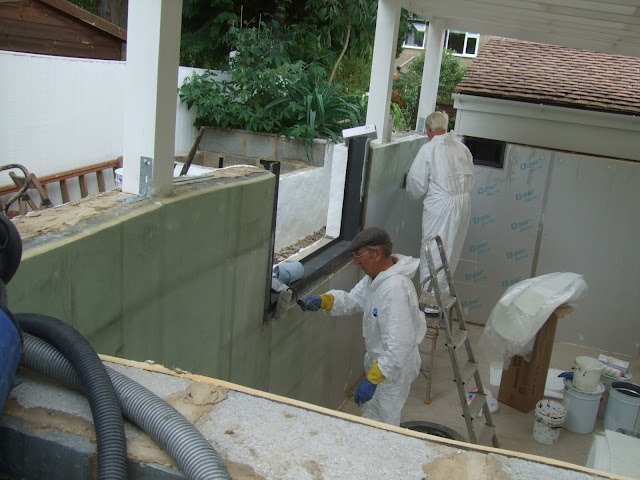
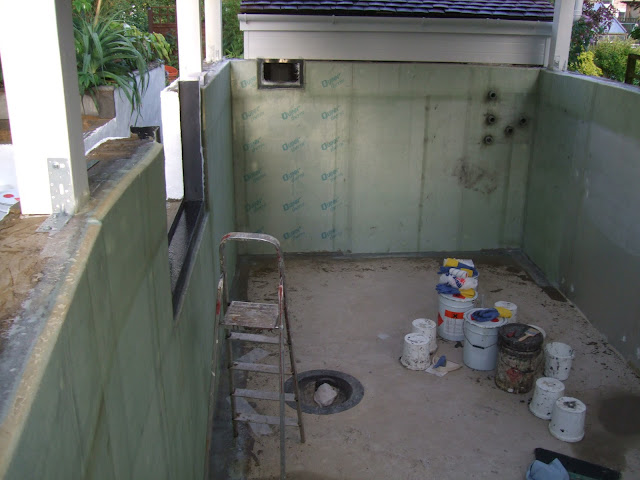
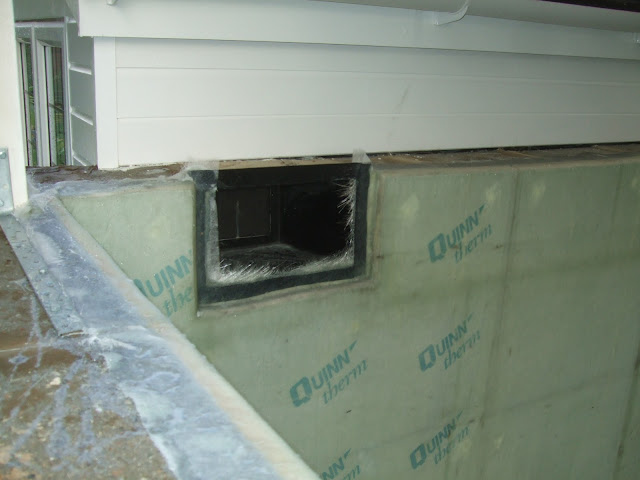
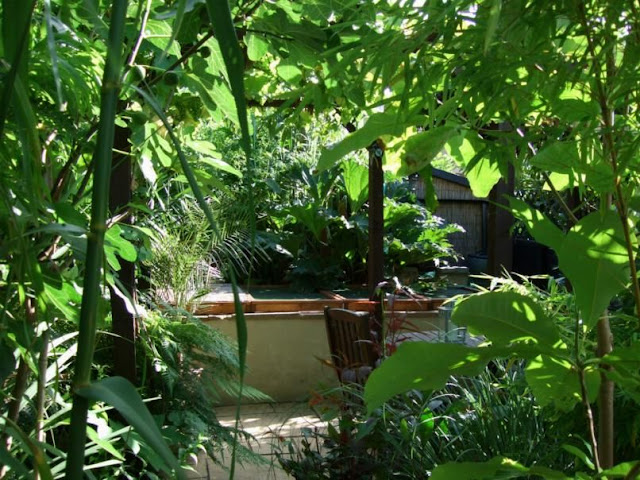
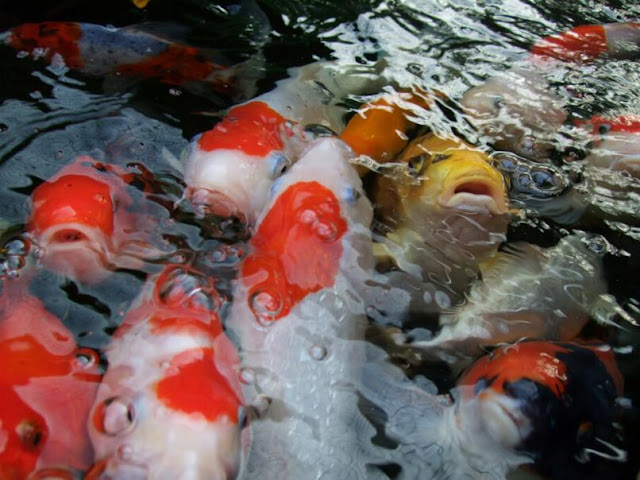

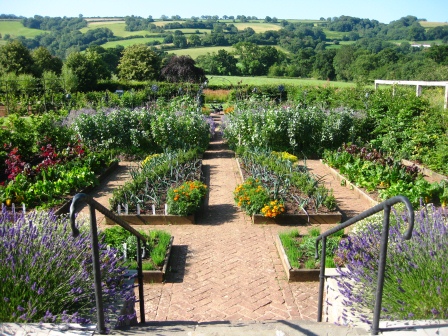
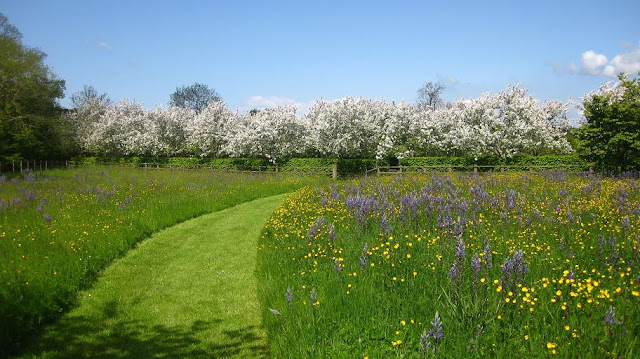


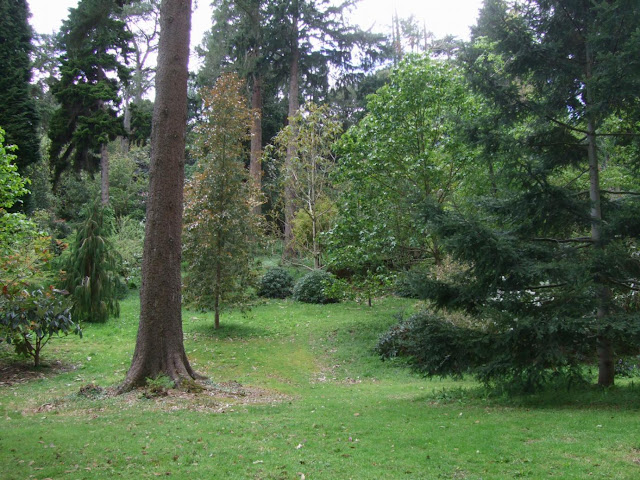

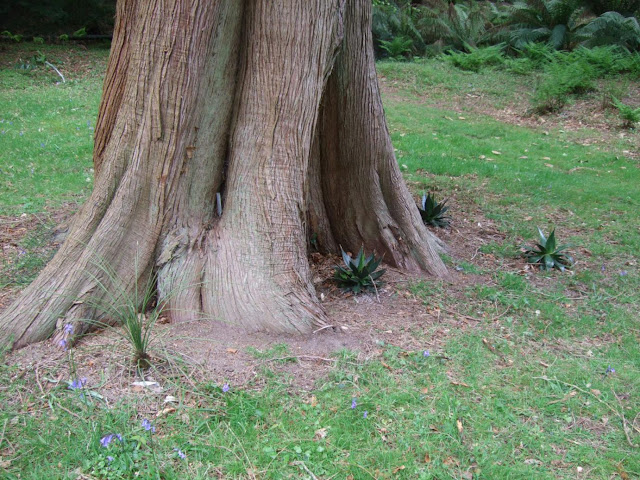
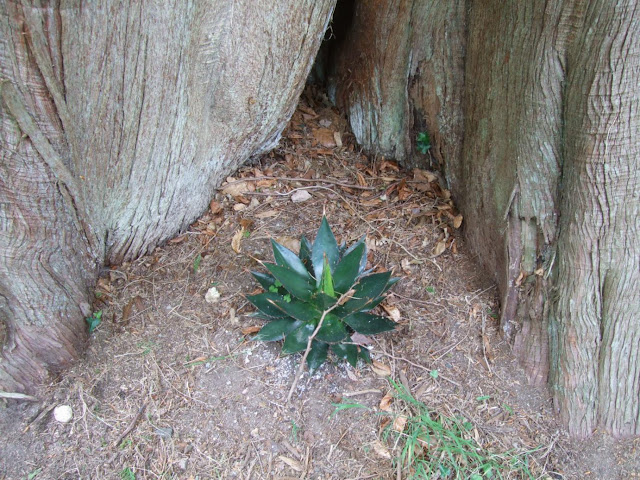
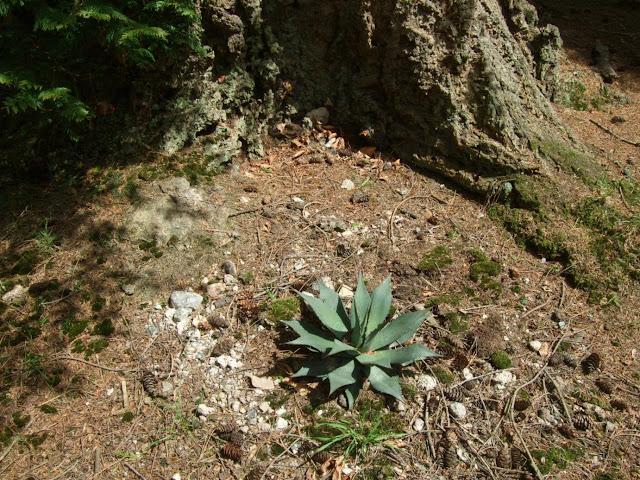

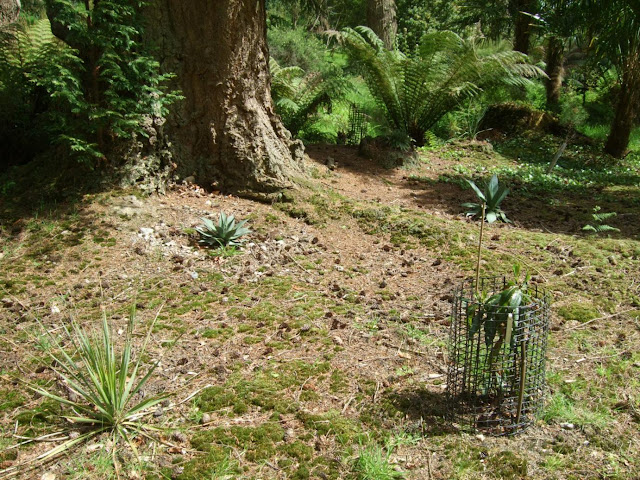
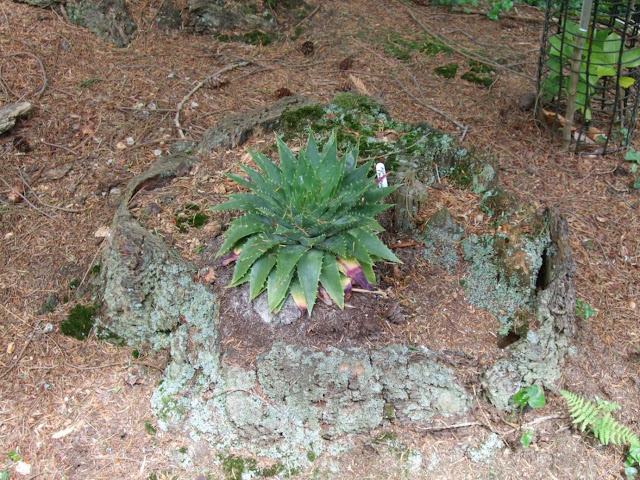
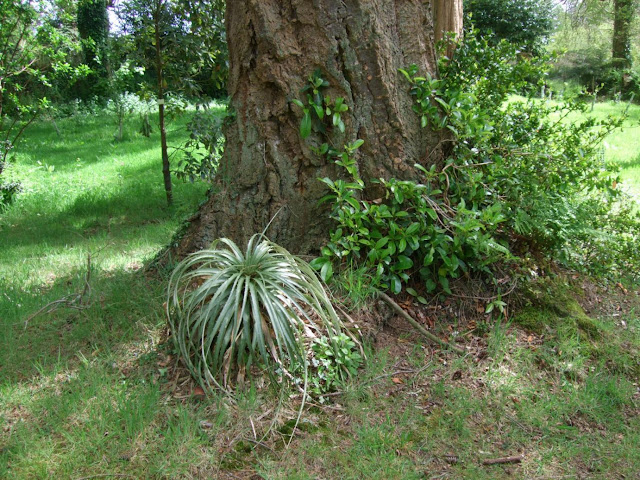
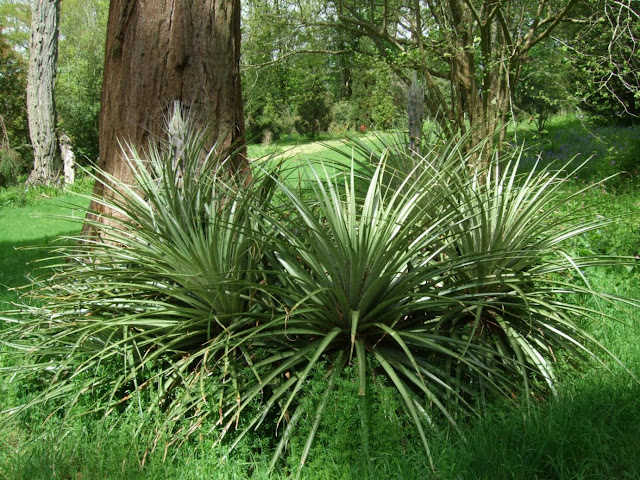





























 This gardening blog follows our journey as we create our Tropical and Exotic themed garden. We hope you'll enjoy the journey as much as we do. We started our Exotic Garden in 2005 and this site will show its development, as well as our travels, both abroad and within the UK to gardens, nurseries and friends.
This gardening blog follows our journey as we create our Tropical and Exotic themed garden. We hope you'll enjoy the journey as much as we do. We started our Exotic Garden in 2005 and this site will show its development, as well as our travels, both abroad and within the UK to gardens, nurseries and friends.













